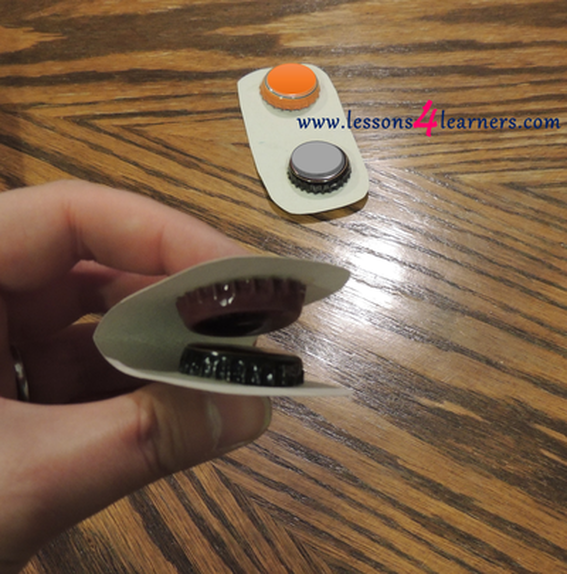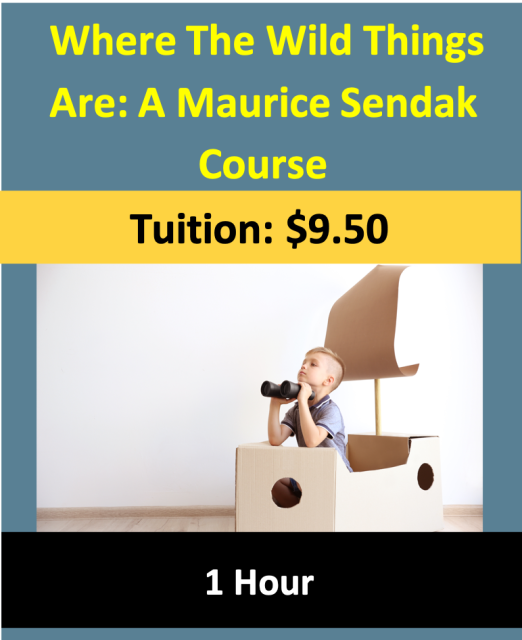Recycled Wild Rumpus Music Area
|
Activity:
Recycled Wild Rumpus Music Area
Lesson plan developed by Aurora Tollestrup, BS Ed.
Age Group:
* Lesson plan objective and assessment can be adapted to use this activity with mobile infants, toddlers, or school-age children.
Objectives:
Children will:
|
Materials:
|
Procedure:
- Begin the lesson by reading Where the Wild Things Are by Maurice Sendak.
- Invite preschool children to decorate and create instruments out of recycled materials.
- Be sure there are no sharp edges that the children might accidentally cut themselves on.
- Tie the Mason jar rings together with the string so that they are able to clink against each other.-
- Stretch balloons with the tops cut off over clean cans to create a drum.
- String the flattened bottled caps onto string or wire and attach to both ends of the Y-shaped stick to make a music shaker.
- Pour a handful of beads or beans into a clean dry milk jug and screw the cap on tight to make a large shaker.
- Affix a string to the roasting pan to hang as a gong.
- Glue bottle caps to strips of cardboard to make castanets.
- Glue paper plates together and string bells every two inches around the circumference making a tambourine.
- Attach two paper towel tubes together with duct tape and wrap in more tape making one long tube for a didgeridoo.
- Go outside and hang the instruments on a small tree or bush, making sure the students can reach. Invite the students to make music using the wooden spoons, kitchen utensils, and paint brushes (they can all potentially make different sounds).
Assessment:
- How did the children interact and respond to the different instruments? Did they sing or have any rhythm while they were playing?
Author: Maurice Sendak
Born the youngest of three children in Brooklynn, New York, on June 10, 1928 to Polish Jewish immigrant parents, Maurice Sendak was often ill and frail throughout his childhood. The only solace that he had was in the visions of neighborhood children playing outside of his bedroom window. He later commented that those visions through the window were his entertainment, comparing them to a television set. He was often ill with vaccine-preventable diseases in a time before vaccines and would spend time with his grandmother who would read to him. Young Maurice also began to draw and write in this time. When he was 12 years old he saw the Disney film Fantasia which he credits with being one of the biggest influences in his artistic career.
Later, Sendak would study art and continue to draw, illustrating several small publications throughout the years. In 1948 he became a window designer for the world famous toy store F.A.O Schwartz in New York City while taking night time art classes at the New York Art Students League. From there he found work illustrating children’s books and eventually left his position at F.A.O Schwartz to become a full-time freelance illustrator.
Later, Sendak would study art and continue to draw, illustrating several small publications throughout the years. In 1948 he became a window designer for the world famous toy store F.A.O Schwartz in New York City while taking night time art classes at the New York Art Students League. From there he found work illustrating children’s books and eventually left his position at F.A.O Schwartz to become a full-time freelance illustrator.
“There's so much more to a book than just the reading.”
-Maurice Sendak
-Maurice Sendak











